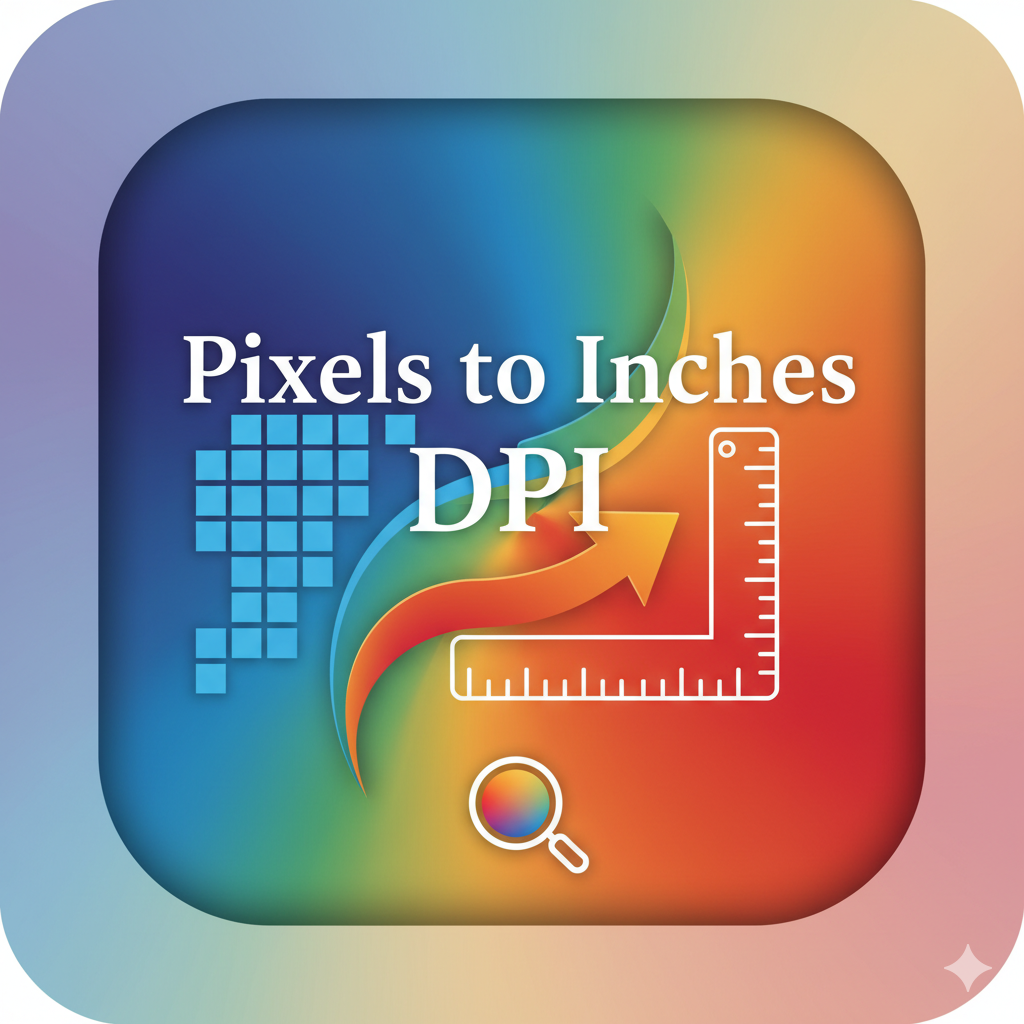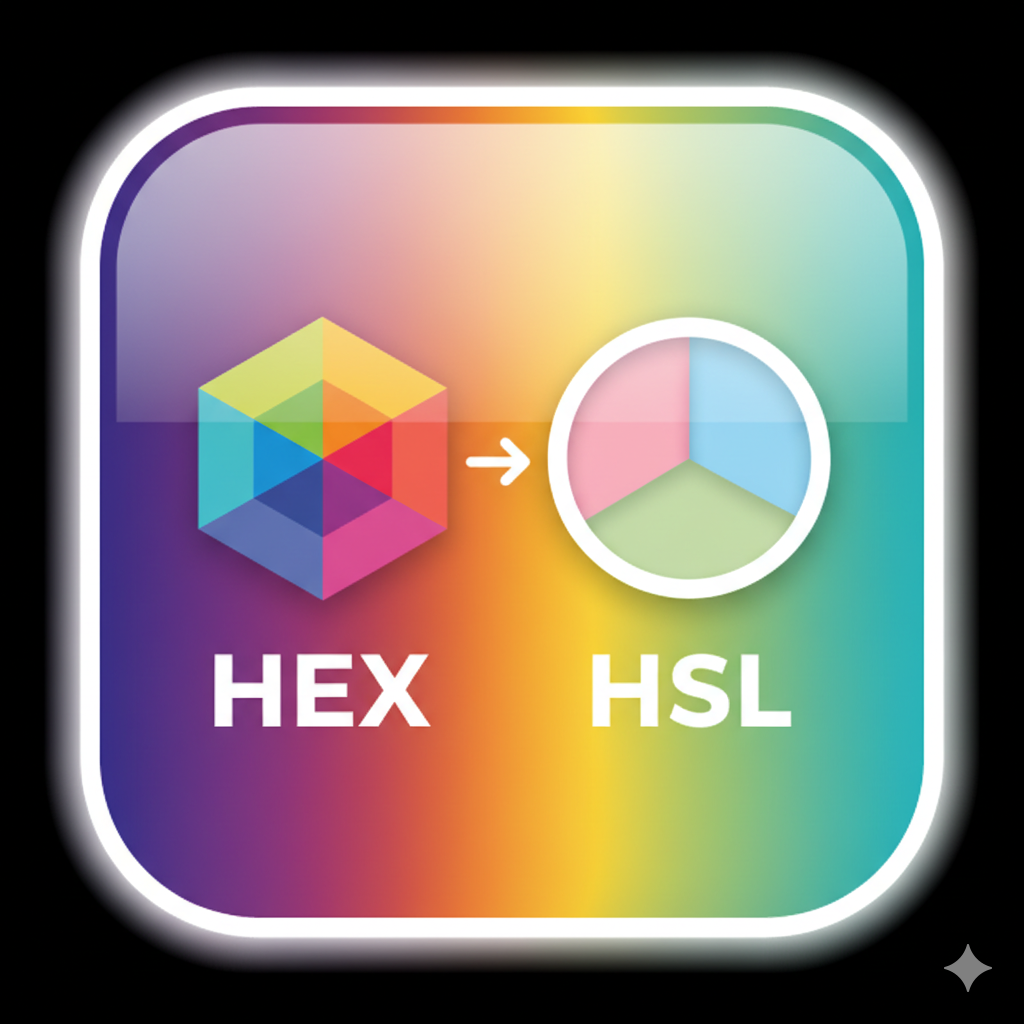The Pixels to Inches DPI Converter is an advanced, accuracy-driven tool designed to convert digital pixel dimensions into physical inches based on a selected DPI (Dots Per Inch) value. This converter is essential for anyone working in graphic design, photography, printing, UI/UX design, digital art, web development, and product packaging, where understanding the relationship between digital image size and real-world print dimensions is crucial. By using industry-standard formulas and precise calculations, the tool ensures designers and creators achieve perfect alignment between screen resolution and print output.
In the digital world, images are measured in pixels, while printed materials are measured in inches. To bridge this gap, DPI acts as the conversion factor. The universally recognized formula is:
Inches = Pixels ÷ DPI
This means the physical size of an image depends not only on its pixel count but also on the density of dots per inch used by a printer or display. The Pixels to Inches DPI Converter simplifies this essential calculation, ensuring that users can instantly determine the real-world size of digital graphics for accurate printing, scaling, and layout planning.
For graphic designers, this tool is indispensable. Whether designing posters, brochures, social media banners, magazine covers, or product labels, designers must ensure their artwork matches the printer’s required size specifications. A design with the wrong inch dimensions can print blurry, stretched, or cropped incorrectly. This converter ensures every pixel-based design is aligned perfectly with the intended physical output, maintaining visual quality and professional consistency.
Photographers rely heavily on DPI-based conversions to prepare images for framing, printing, or publication. A photo taken at 4000 × 3000 pixels may appear high-resolution, but when converted to inches at the chosen DPI, the actual print size becomes clear. This tool allows photographers to calculate minimum DPI for large-format prints or determine the largest high-quality print they can produce from a given image.
In printing and publishing, DPI accuracy is not optional—it's mandatory. Print technicians use this converter to verify client artwork, adjust print layouts, avoid image degradation, and maintain production standards. The tool supports consistent image quality across books, packaging, signage, and marketing materials.
For UI/UX designers and developers, understanding how digital assets translate into physical dimensions is crucial for designing responsive interfaces, mobile apps, or hardware-specific displays. While pixels dominate digital environments, screen density affects how users experience layout elements. This converter helps designers anticipate how elements scale across different devices.
Digital artists and illustrators use the tool to control output size when selling prints, preparing exhibition pieces, or exporting artwork for merchandise. Accurate conversion ensures their creative work retains sharpness and integrity across mediums.
In education, the converter helps students learning about digital imaging, graphic design, and print technology understand how DPI influences image clarity and dimensions. It reinforces core concepts like resolution, scaling, and aspect ratio.
Everyday users also find it helpful when printing photos, resizing images for documents, or preparing files for professional printers.
The interface is simple and intuitive: enter pixel dimensions and DPI, and the tool instantly calculates the size in inches. It works seamlessly on desktop, tablet, and mobile devices.
In summary, the Pixels to Inches DPI Converter is a precise, authoritative, and essential tool for designers, photographers, printers, developers, artists, students, and everyday users. With scientific accuracy and practical applicability, it ensures flawless conversions from digital pixels to real-world inches—empowering users with complete confidence in every design and print decision.






